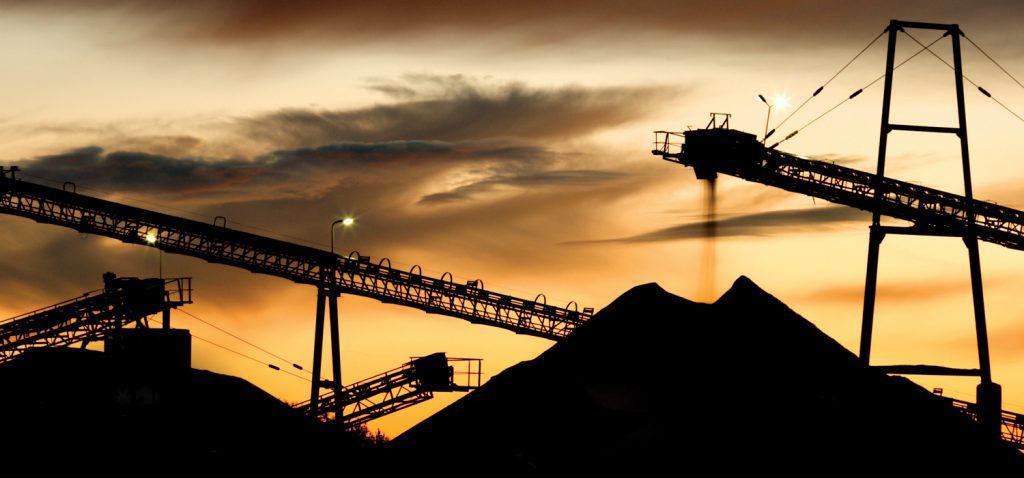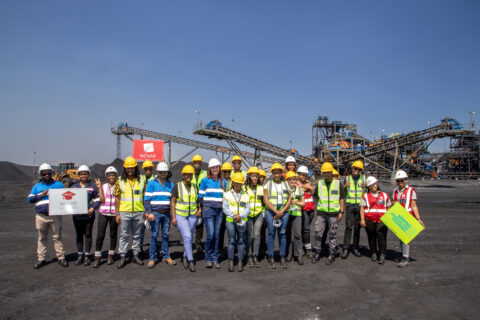SA Mining
What Could Mining In SA Look Like Post COVID-19?
By: Lloyd Christie, Head of ENSafrica’s Natural Resources and Environment department
Etymologically, the word “corona” means “to cut” or “to turn or bend” or a “crown”, meanings that are especially prescient for this time in our history as a consequence of the coronavirus (COVID-19). Indeed, all three definitions are suitable when considering the current experience of, and future implications for, the global mining industry.
Although we have seen an expedited albeit restrained resumption of mining operations in South Africa and abroad (a clear indication of the dependency on mining in many countries), the full impact of COVID-19 on the mining industry is yet to be fully appreciated and it may take some time for all of the implications for the mining industry to manifest.
What is certain is that there has been a dramatic decrease in demand due to the worldwide decline of industrial production and construction. Mineral prices have generally followed suit, and with them, share prices. Even with the relaxation of lockdown regulations in many jurisdictions, we are likely to see the continued suspension of non-essential operations, reduced investment in exploration, extended deferrals of capital cost items, labour retrenchments, possible over-supplies, reduced profits or even losses and potentially a need to lobby for ameliorated taxation regimes.
What the future holds for the mining industry is largely unknown, but will the post-COVID-19 future “bend” and remould mining and society as we know it today, and if so, in what direction will that “turn” take us?
Mine communities may have a greater appreciation for the indirect societal benefits of sustained mining-related economic activity in their region, but it is also probable that the expectation deficit in labour-sending areas and of host communities may lead to heightened unrest, distrust and the compulsion for resource appropriation.
The pandemic has also brought the health, safety and well-being of mine workers into sharper focus and this may accelerate digital transformation and empowerment. This may involve the increased research and development of mechanised mining methods and remote robotic technologies, as well as upskilling miners to go deeper but safer into the earth. However, this transition to automation, as well as to a low-carbon economy, will need to be soberly managed. In both cases, this would have a considerable impact on people but the rapidly shifting technology would also offer employees and communities “better jobs and blue skies”.
As such, we may see a more pronounced turn in public attitudes towards the natural environment and with it, a shift in public policy. Consequently, the term “essential services” (as is currently understood in international COVID-19 law) may soon have a lessened general anthropocentric focus and may ultimately be replaced with concepts such as “ecosystem services”. We hear of herds of mountain goats roaming through Llandudno, Wales; boars rambling through their old habitats in the Italian countryside villages; locals in the Indian region of Jalandhar in Punjab tweeting photos of the Himalayas from more than 190km away, now visible for the first time in 30 years; and in the usually densely trafficked Nairobi, Mount Kenya can suddenly be seen towering 140km away.
Mining must continue to play a critical role in providing the raw materials needed to sustain man’s precious amenities and to transition to a low-carbon economy, the benefits of which have been on poignant display to the kid in Beijing seeing a blue sky for the first time. Certainly this will cause a measured turn towards new resources and new deposits, and a more earnest response to shifts in technology and the development of circular economies.
For all the cutting, thrusting and turning to be had, a crown is in the offing too.
Being mindful of the downgrade by rating agencies of South Africa’s sovereign rating to “junk”, the World Bank forecasted that the gross domestic product in South Africa could slump by between 6.9% and 8% in 2020 compared to a base case that doesn’t include the anticipated economic fallout from the COVID-19 pandemic.
Significant government intervention and constructive economic reform will be required to bring the South African economy back to pre-COVID-19 levels.
The South African Reserve Bank announced interest rate cuts and quantitative easing but has also now said that much of the economic recovery would depend on the National Treasury and the private sector.
It has been mooted that mining can be critical and effective in helping to boost economic recovery after South Africa emerges from the COVID-19 crisis.
It has compassionately responded to the call to resume operations, with employees’ jobs, health and safety retaining the highest value and first priority.
We have seen mining majors assisting with the setting up of test and screening centres, providing medical care and facilities, distributing water and food supplies, etc.
We have also heard of the camaraderie between mining companies in assisting one another by going the extra mile to share resources to ensure safe resumption of operations.
With a proven track record of adaptability and resilience in difficult times, the resources sector is dynamic and innovative, it embraces change and it leads the way. It will be key to South Africa’s economic recovery.





